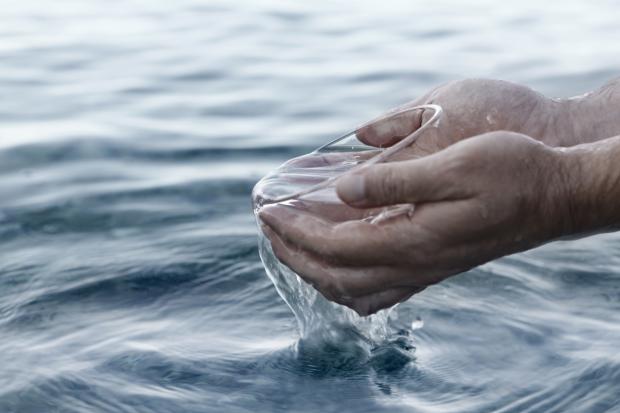
Breaking News
 The Decline Of Boys Participating In Youth Sports Has Led To A Generation Of Soft...
The Decline Of Boys Participating In Youth Sports Has Led To A Generation Of Soft...
 First Arrests Hint At How Billions In California Homeless Dollars Vanished...
First Arrests Hint At How Billions In California Homeless Dollars Vanished...
 Trump Refiles $15 Billion Defamation Lawsuit Against New York Times After Court Dismissal
Trump Refiles $15 Billion Defamation Lawsuit Against New York Times After Court Dismissal
 Can Diet-Changes Really Transform ADHD? One Family's Remarkable Discovery
Can Diet-Changes Really Transform ADHD? One Family's Remarkable Discovery
Top Tech News
 3D Printed Aluminum Alloy Sets Strength Record on Path to Lighter Aircraft Systems
3D Printed Aluminum Alloy Sets Strength Record on Path to Lighter Aircraft Systems
 Big Brother just got an upgrade.
Big Brother just got an upgrade.
SEMI-NEWS/SEMI-SATIRE: October 12, 2025 Edition
 Stem Cell Breakthrough for People with Parkinson's
Stem Cell Breakthrough for People with Parkinson's
 Linux Will Work For You. Time to Dump Windows 10. And Don't Bother with Windows 11
Linux Will Work For You. Time to Dump Windows 10. And Don't Bother with Windows 11
 XAI Using $18 Billion to Get 300,000 More Nvidia B200 Chips
XAI Using $18 Billion to Get 300,000 More Nvidia B200 Chips
 Immortal Monkeys? Not Quite, But Scientists Just Reversed Aging With 'Super' Stem Cells
Immortal Monkeys? Not Quite, But Scientists Just Reversed Aging With 'Super' Stem Cells
 ICE To Buy Tool That Tracks Locations Of Hundreds Of Millions Of Phones Every Day
ICE To Buy Tool That Tracks Locations Of Hundreds Of Millions Of Phones Every Day
 Yixiang 16kWh Battery For $1,920!? New Design!
Yixiang 16kWh Battery For $1,920!? New Design!
 Find a COMPATIBLE Linux Computer for $200+: Roadmap to Linux. Part 1
Find a COMPATIBLE Linux Computer for $200+: Roadmap to Linux. Part 1
Water shortage solved? Newly created membrane removes 99.9% of salt from seawater...

Scientists have created a new technology they say can remove nearly all of the salt from seawater, potentially solving one of the world's largest health problems.
Researchers from the Korea Institute of Civil Engineering and Building Technology (KICT) created a new membrane, known as coaxial electrospun nanofiber membrane.
The membrane not only removes 99.9 percent of salt from seawater, but it lasts up to a month, whereas previously solutions only lasted for about 50 hours before they need to be replaced.
The membrane was able to operate without wetting and fouling issues due to its low sliding angle, as well as its thermal conductivity properties.
However, it does have drawbacks, notably temperature polarization and a decrease in water vapor flux because of how it conducts heat.
The World Health Organization suggests good quality drinking water should have a total dissolved solid (TDS) of less than 600 parts per million (ppm).
Although previous technologies operated for less than 50 hours, they did have a high water vapor flux performance.
'The co-axial electrospun nanofiber membrane have strong potential for the treatment of seawater solutions without suffering from wetting issues and may be the appropriate membrane for pilot-scale and real-scale membrane distillation applications,' the study's lead author, Dr Yunchul Woo, said in a statement.
The potential solution is enormous, given that roughly 785 million people do not have access to clean drinking water, according to 2019 data from the World Health Organization.



